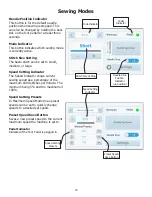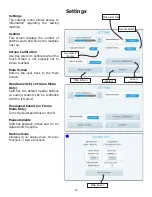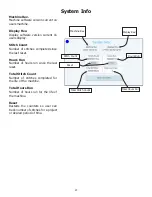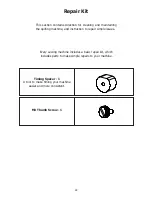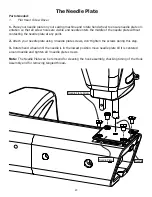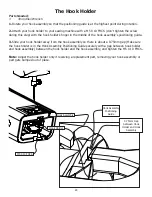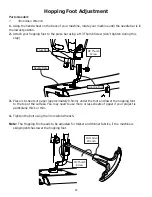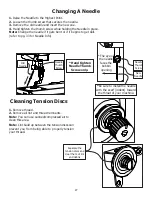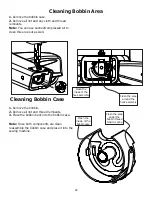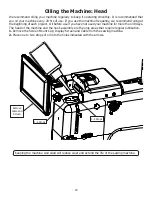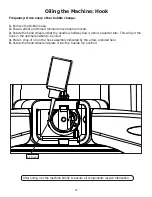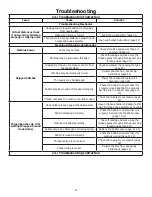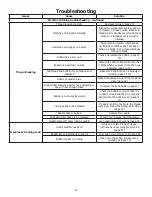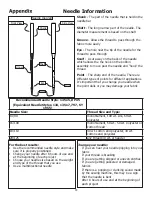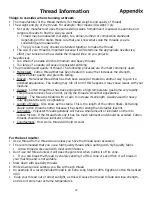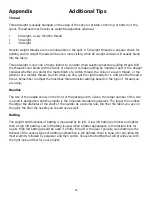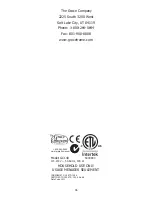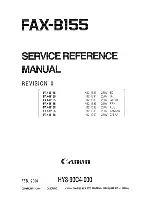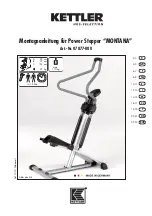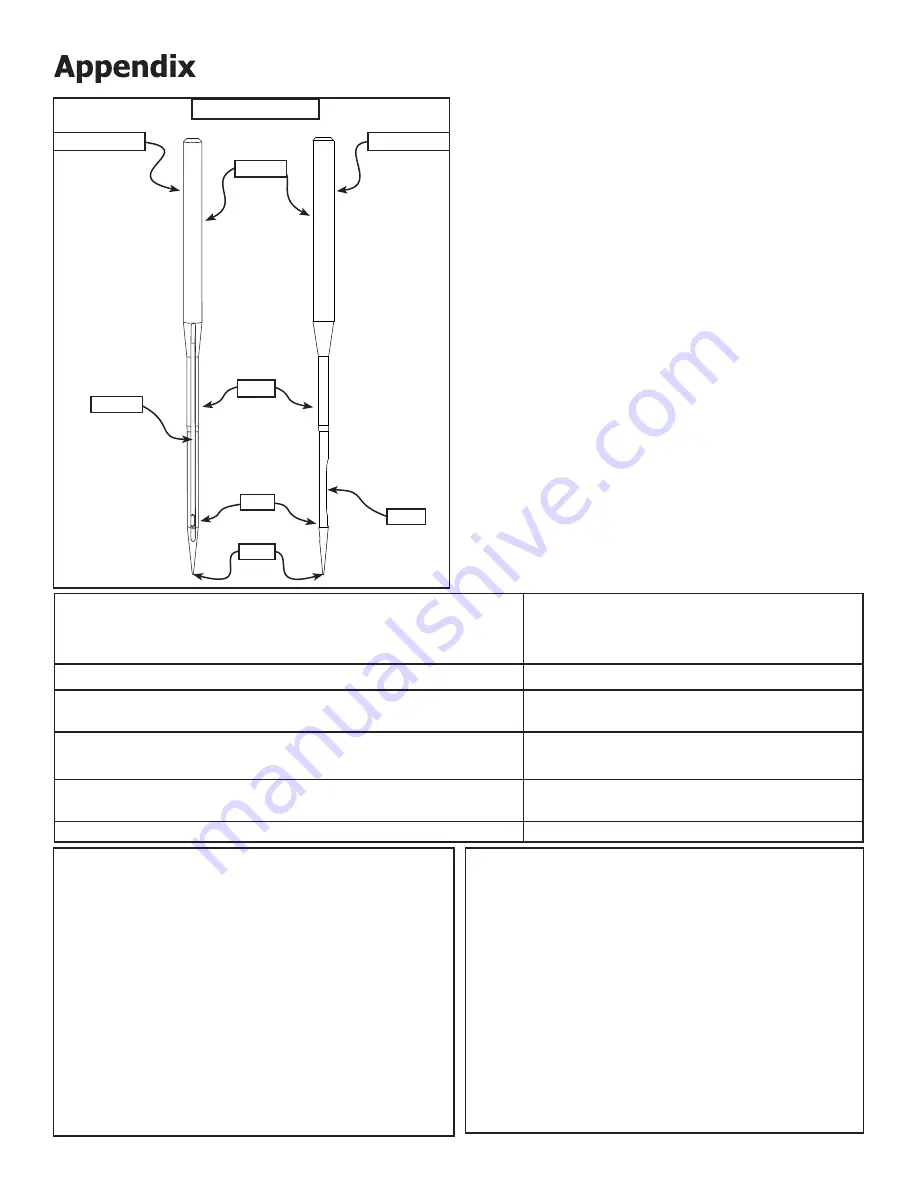
Recommended Needle Style- 135x5, DPX5
(Equivalent Needle Styles-134, 135x7, 797, SY
1955)
Needle Size:
Thread Size and Type:
14/90
monofilament, 100 wt. silk, 60 wt.
polyester
16/100
monofilament, 60 wt., 50 wt. polyester or
cotton thread
18/110
40 wt. cotton and polyester, 30 wt.
cottons and polyester
20/125
any thread 30 wt. or heavier
Needle Information
Change your needle:
• If you can hear your needle popping into your
fabric
• If your thread is breaking
• If you are getting skipped or uneven stitches
• If you are getting puckered or damaged
fabrics
• If there is a popping or clunking sound made
by the sewing machine, this may be a sign
that the needle is bent
• After 8 hours of use and at the beginning of
each project
Shank -
The part of the needle that is held in the
needle bar
Shaft -
The long narrow part of the needle. The
diameter measurement is based on the shaft
Groove -
Allows the thread to pass through the
fabric more easily
Eye -
The hole near the tip of the needle for the
thread to pass through
Point -
The sharp end of the needle. There are
different types of points for different applications
It’s important that you change you needle when
the point dulls or you may damage your fabric
Scarf -
A cut away on the back of the needle
which allows the the hook on the bobbin
assembly to move past the needle and “hook” the
thread
Needle Diagram
Scarf
Eye
Point
Shaft
Shank
Front View
Side View
Groove
33
For the best results:
• Use the recommended needle style and make
sure it is properly positioned
• Change your needle after 8 hours of use and
at the beginning of each project
• Choose your needle size based on the weight
and type of the thread that you use
• Use a multidirectional needle

